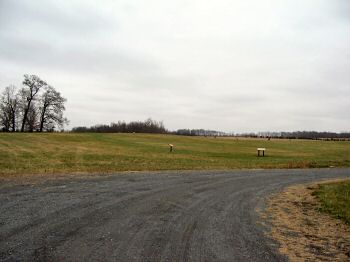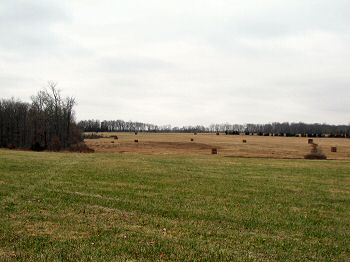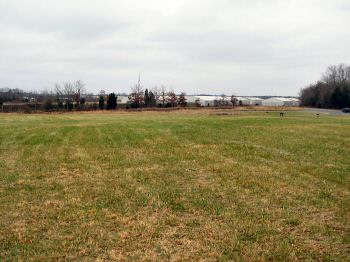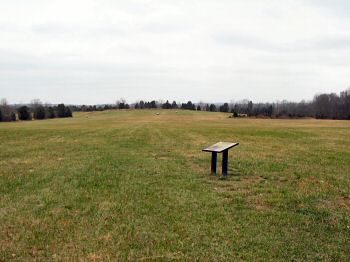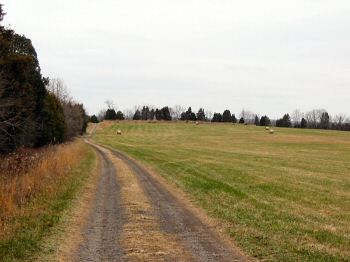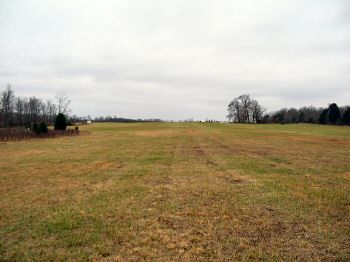|
Brandy Station, fought on June 9, 1863,
is significant for several reasons. First, most historians generally agree
it marked the beginning of the Gettysburg Campaign, the most significant
of the war in the Eastern Theater. Second, it was the largest cavalry
battle in the war (but not the largest all-cavalry battle, as several
infantry brigades from each side were involved directly or indirectly
during the day). Third, the employment of Federal cavalry in the battle
indicated a growing competency with the horsemen in blue, which would
strengthen over time to become the arm that forced the defeat of the
Confederate armies in the Shenandoah and later at Appomattox.
Strategically, the battle came about as General Joseph Hooker, commanding
the Army of the Potomac, ordered his cavalry to probe Confederate
positions in Culpeper County. For the tactical details of the battle,
please consult the links offered here. Generally speaking, the battle
progressed in five phases. First Buford's division forcing Beverly Ford.
Second the fighting along the line around St. James Church. Third, Gregg's
column encountering Butler's Confederates around Hansborough Ridge. This
carried forward to Fleetwood Hill and the dramatic point of the battle.
Finally, the fighting shifted to Buford's Knoll on the northern edge of
the battlefield.
Because this battle was fought mostly by cavalrymen, the flow of battle
was not as set piece and methodical as larger, mostly infantry battles.
Across the twenty or so square miles of rolling hills and deep ravines,
the fighting moved rapidly to wide points as the two commands parried and
thrust. Thus the visitor to the battlefield must visualize these wide
ranging movements. luckily, the vistas and vantage points afforded by the
efforts of preservation organizations greatly aid the interpretation of
the battlefield. |

